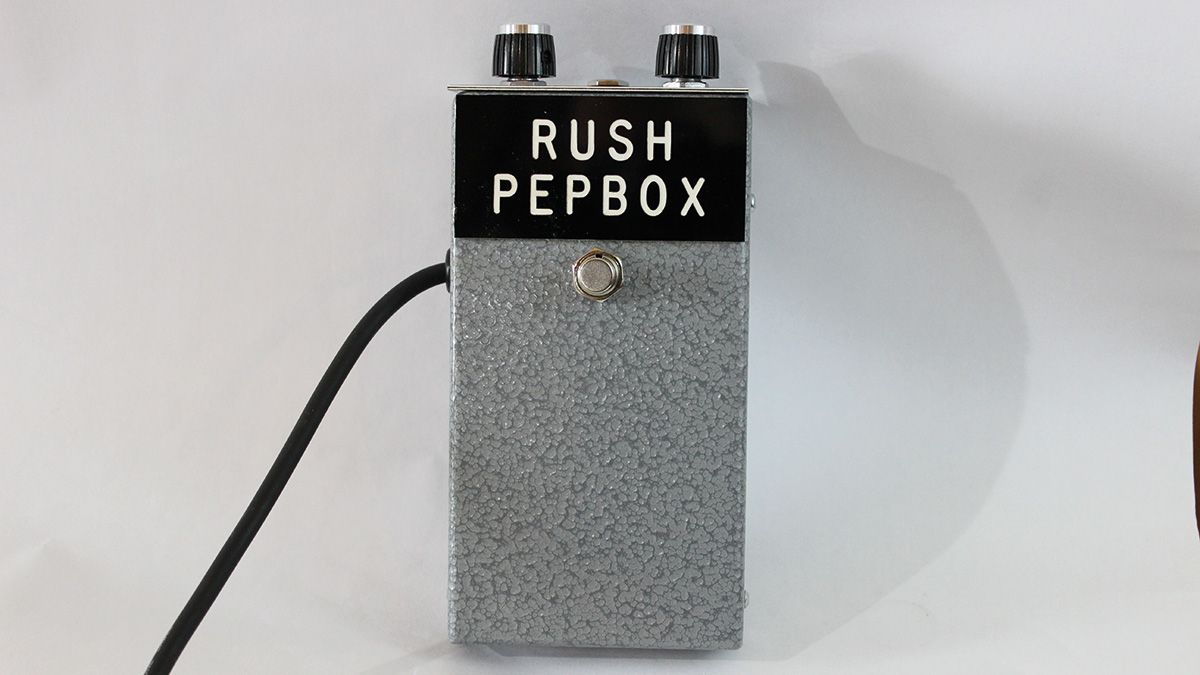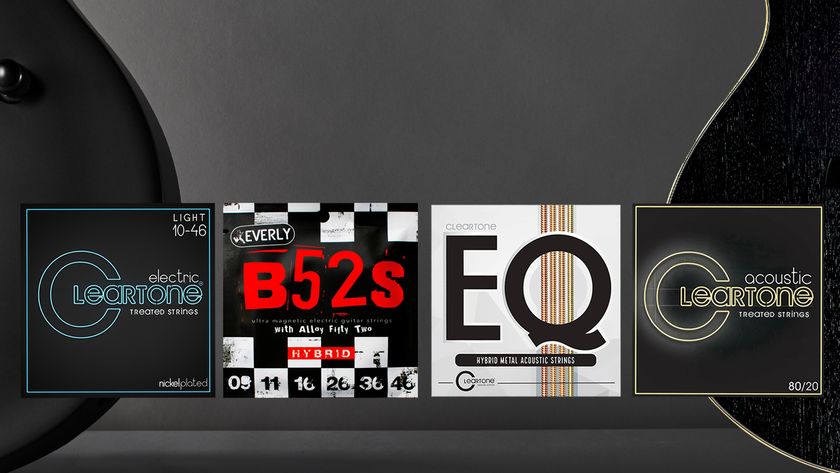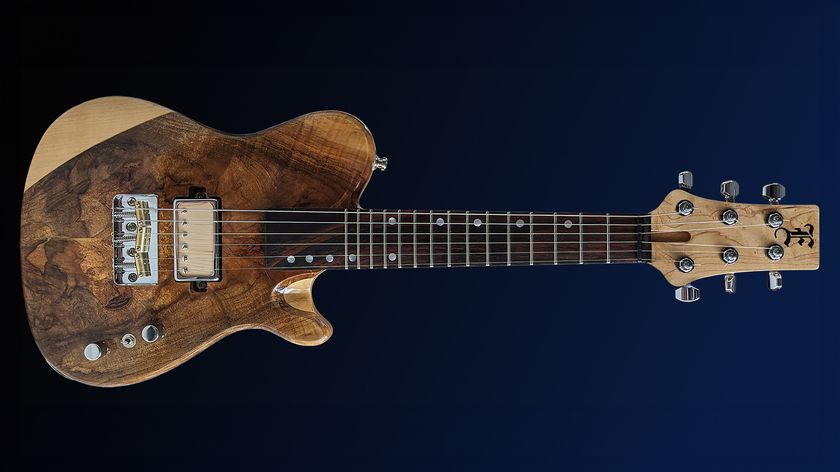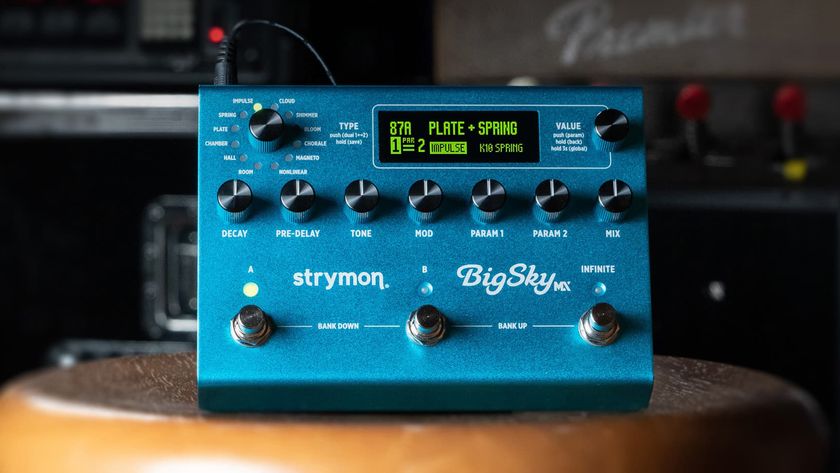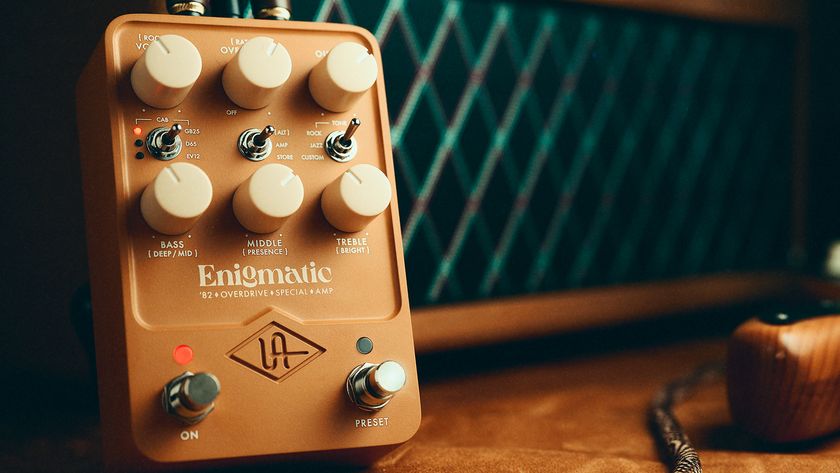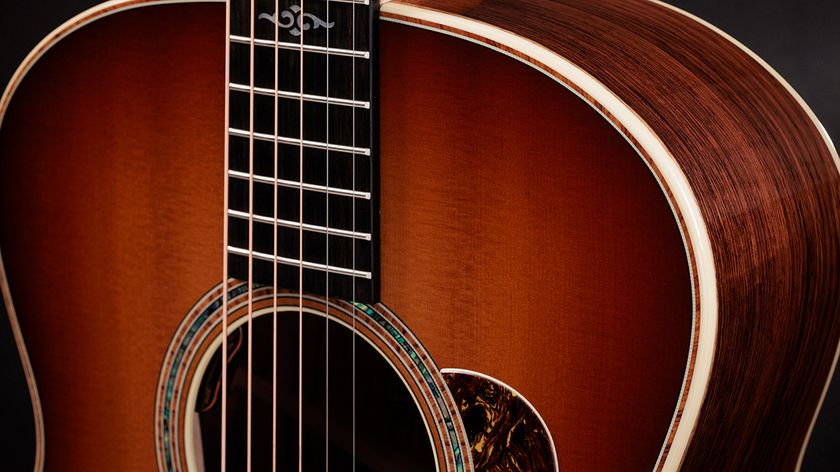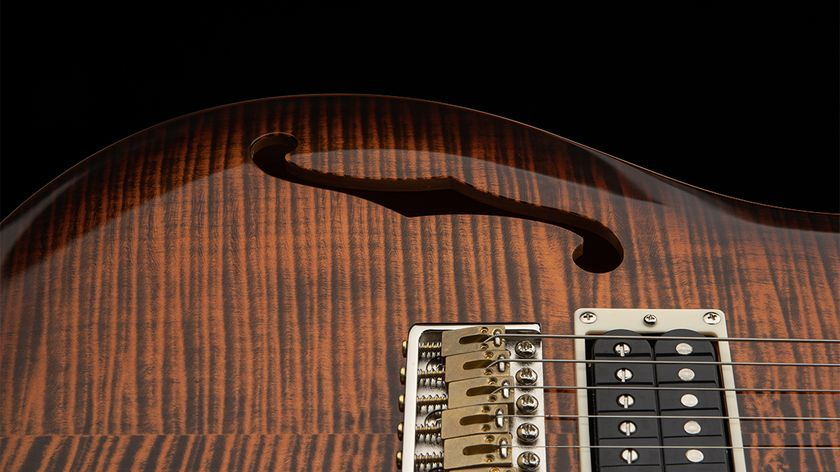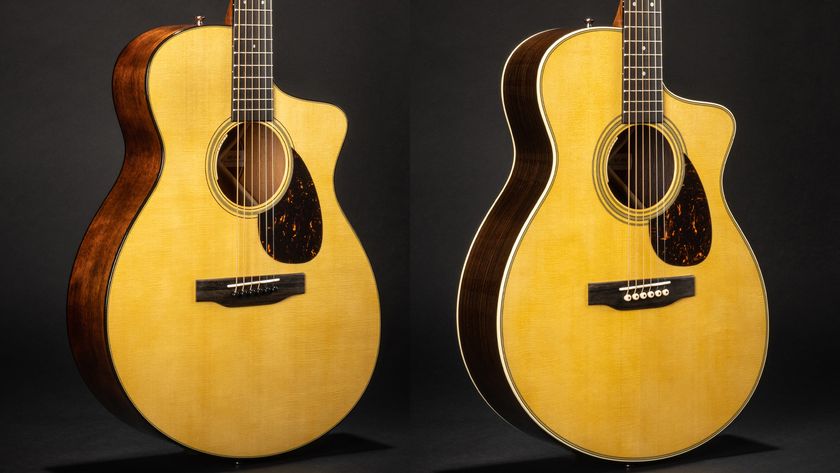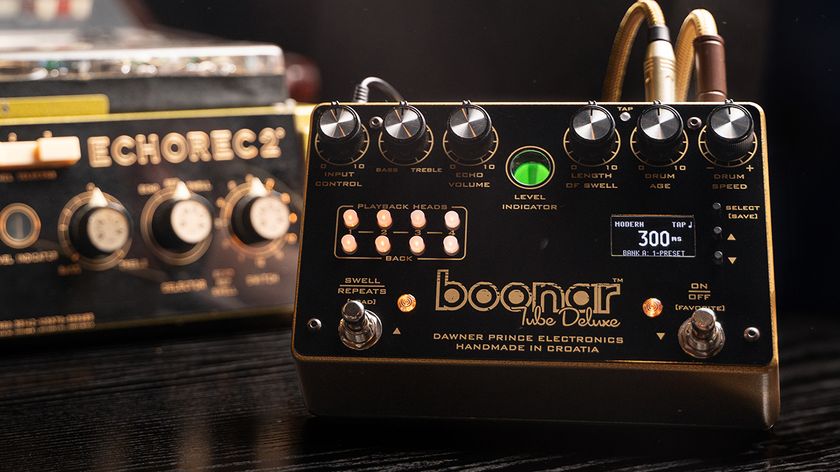GuitarPlayer Verdict
A rich, warm, luscious germanium fuzz tone that’s appealingly ’60s voiced, in an authentic hand-wired re-creation.
Pros
- +
It's authentic as you can get.
- +
Lush, musical fuzz tones.
Cons
- -
Lower control settings are virtually useless (but so it goes with this design).
You can trust Guitar Player.
Born in the earliest years of the fuzz box’s rich history, the Rush Pepbox might be the most legendary fuzz pedal you’ve never heard of… unless you have.
It was created in London in 1964 or early ’65 by engineer Pepe Rush as a modification of his first effort, the Fuzzy, itself based roughly on the Maestro Fuzz-Tone that had just set the British pop world on fire via Keith Richards’ signature riff for the Rolling Stones’ “(I Can’t Get No) Satisfaction.”
Rush was himself a notable figure in the gear-and-inventions chapter of the British Invasion, though he has received too little recognition over the years. In addition to building amplifiers and studio electronics in the ’60s, he ran a recording studio and was the engineer behind the Shadows’ original demo version of their hit “Apache.”
He also built massive mixers for London-based television companies and outfitted Pete Townshend’s home studio.
After building the first several units himself, Rush licensed the design to Charlie Watkins of WEM and oversaw the initial few runs while WEM ramped up to build the box in-house. Rush and WEM versions were used by Georgie Fame, the Animals, Zoot Money, and others, and one was famously seen under the foot of John Lennon during a recording session at Abbey Road Studios in April 1966.
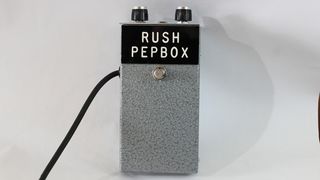
Given the clamoring for an authentic and original version of the PepBox, in the wake of an unaffiliated WEM replica built by British Pedal Company, Pepe Rush and his daughter Lucy began building period-spec re-creations of the original design in the 2010s.
After her father’s death in late 2018, Lucy carried on the tradition, and it’s from her hands that we’ve received the Rush PepBox. The current handwired Rush PepBox is as close to the original – and perhaps any original ’60s fuzz – as you’re likely able to get, quirks and all.
Housed in the same wedge-shaped, hammered-finish metal box as the original, the circuit is built on reprints of Pepe’s board, with its two germanium transistors neatly folded down and inserted into holes cut in the board itself. Controls for Pep (fuzz) and level are on the front face, which is also where you’ll find the input.
The output is a hard-wired five-foot cable terminating in a 1/4-inch jack. Arguably, this emulates the original version a little too accurately, but that’s how it was done back in the day. It works fine as a long-ish patch cable, but players going straight into the amp will want a female-to-male extension cable, or might even consider replacing it with a standard output jack.
There’s also a nine-volt battery clip inside, and – again with the old-school authenticity – no converter input jack. In one concession to modernity, the pedal is wired for true bypass, using a DPDT stomp switch, since there’s no status light.
Each pedal includes a ribbon-tied “scroll” comprising a certificate of authenticity signed and dated by Lucy Rush, and a printed history of the concept and origin of the pedal in Pepe’s own words. In this, Pepe noted, “I have attempted to make these reproductions as accurate as possible to the originals.
"I’ve even managed to track down ‘new old stock’ transistors of the same type as the original. These transistors have obviously aged and as a result every PepBox has a unique tonal response, an unexpected side effect. Rather than trying to modify them I decided to remain true to the original design. However, this means your new PepBox is like no other!”
I tested the PepBox plugged into a tweed Deluxe-style 1x12 combo and a Friedman Small Box head and 2x12 cab, using a K-Line Springfield with Strat-style single coils and a Gibson Les Paul with humbuckers. First impression: The PepBox is definitely old school, with a vibe and feel that’s instantly mid ’60s. It’s just spitty and gated enough to add extra fun, but not harsh or brittle at all.
The overall character is warm, smooth, soft, and rich, but with enough highs to cut through, and a bouncy buoyancy in the low end. This is no razor- or Velcro-like fuzz, as with some of the more extreme three-transistor circuits of the era, but a lashing of chocolate-tone-infused whipped cream. That said, there’s just enough nastiness to lean aggressive and wild when you want it – and we often do.
It’s worth noting that the PepBox likes to be turned up near the top of its controls’ ranges. That’s where the versatility lives and where it performs at its best. That’s also the nature of the original design. Fortunately, there’s plenty to be found in there, including the one sweet spot you’ll undoubtedly return to time and time again.
The riffs generated through the PepBox are juicy, luscious, and addictively compressed, and they often deliver the soft, lush feel of falling into a giant eiderdown body pillow. And that in itself is a whole lot of fun. Well done, Lucy, for this authentic re-creation of a classic!
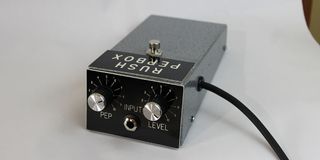
Specifications
- PRICE: $399 street
- CONTROLS: Pep, level
- EXTRAS: Hardwired output cable, NOS germanium transistors, true-bypass switching
- SIZE: 6” x 3.25” x 2.25”
- BUILT: Assembled in U.K
- CONTACT: Rush Amps
Dave Hunter is a writer and consulting editor for Guitar Player magazine. His prolific output as author includes Fender 75 Years, The Guitar Amp Handbook, The British Amp Invasion, Ultimate Star Guitars, Guitar Effects Pedals, The Guitar Pickup Handbook, The Fender Telecaster and several other titles. Hunter is a former editor of The Guitar Magazine (UK), and a contributor to Vintage Guitar, Premier Guitar, The Connoisseur and other publications. A contributing essayist to the United States Library of Congress National Recording Preservation Board’s Permanent Archive, he lives in Kittery, ME, with his wife and their two children and fronts the bands A Different Engine and The Stereo Field.
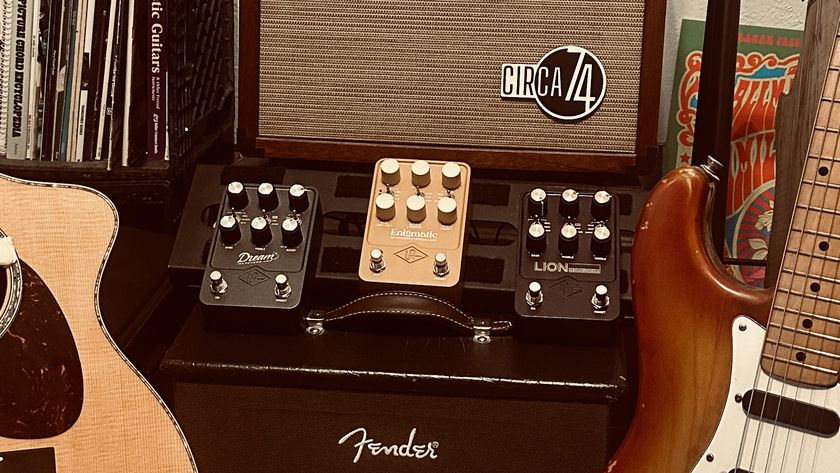
"Let’s take acoustic-electric amplification to its ultimate realization." How to make an acoustic amp shimmer like a vintage Fender, smolder like a Dumble or scream like a Marshall
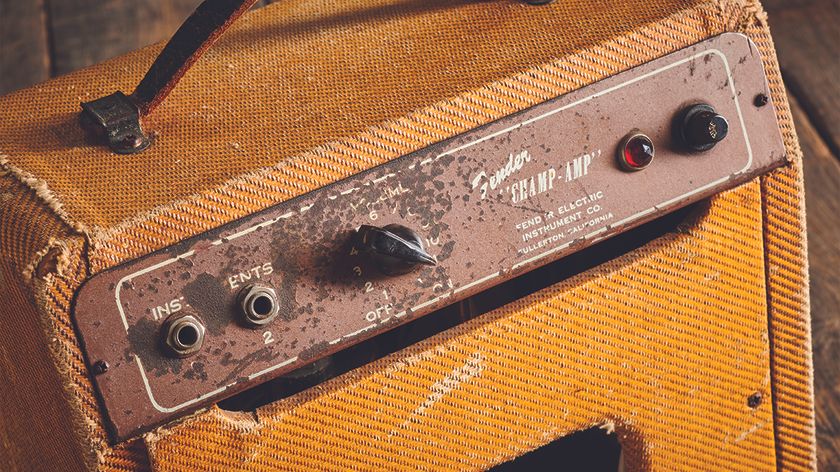
“After 76 years, it’s still considered a monster tone machine.” Leo Fender got it right in 1948 with an amp he created for lap-steel guitar players
